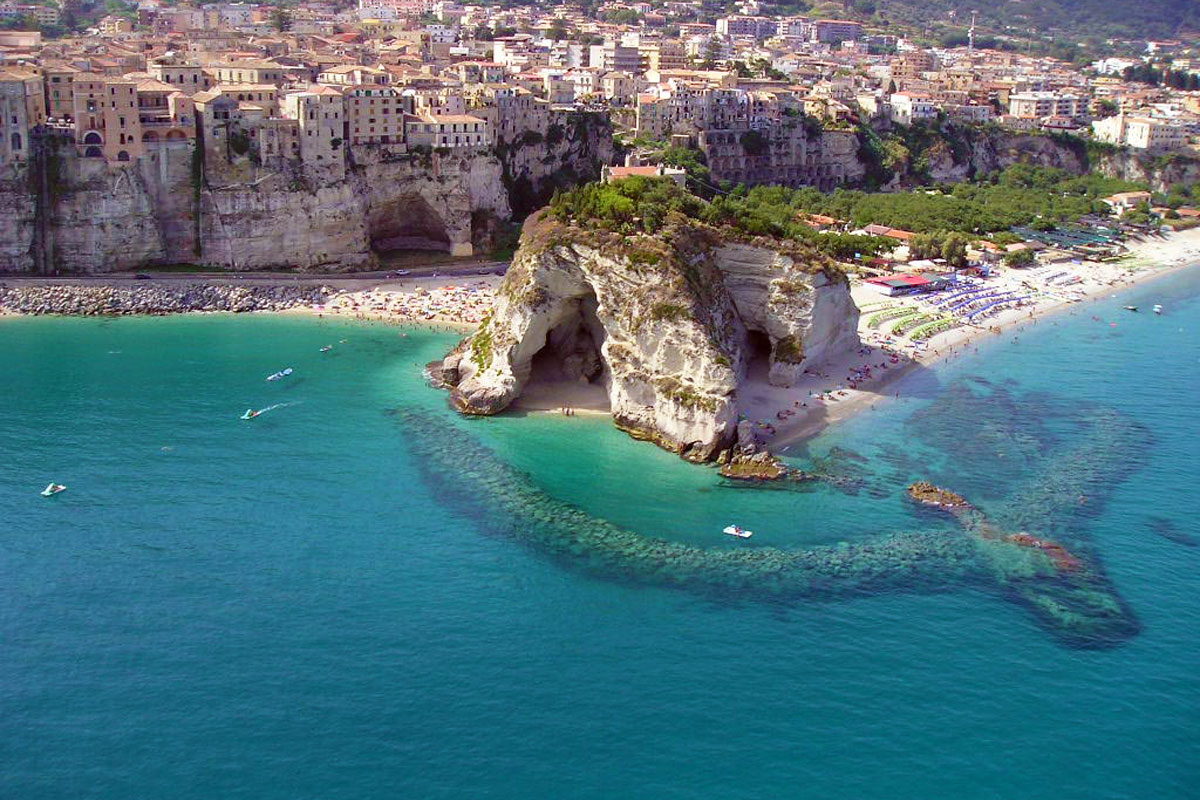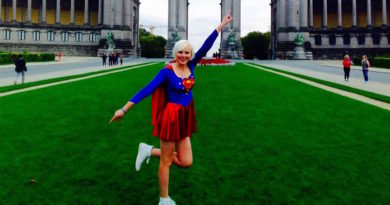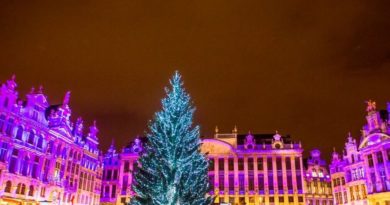5 must-see in Calabria
Calabria offers a wide range of natural, adventure, artistic and food attractions together with its rich historical, cultural and ethnical heritage all mixing with its well-know sense of hospitality. Hillside towns, ancient Greek temples and Byzantine churches dot the countryside of Italy’s best kept secret. The region’s climate is mild in the winter, with hot, dry summers. The region is surrounded on three sides by the Mediterranean Sea: the Ionian Sea is to the east, the Tyhrrenean to the west and the Strait of Messina to the south. As such, the sea is a big part of the region’s culture and cuisine.
Five places to visit in Calabria
I – Capo Vaticano. With its 497 mi of coast, Calabria offers a wide choice of gorgeous beaches; in particular, Capo Vaticano, in the province of Vibo Valentia, is defined as one of the 100 most beautiful beaches in the world: a long tract of fine sand surrounded by age-old trees and lapped by crystal-clear water that teems with a variegated fish fauna.

II – Sibari. Museo Archeologico Nazionale delle Sibaritide – Founded around 730 BC and destroyed by the Krotons in 510 BC, Sybaris was rebuilt twice. Evidence of all three cities can be seen at this archaeological site and its museum located 5km southeast of the modern beach resort of Sibari.
III – Reggio Calabria. The Riace bronzes, also called the Riace Warriors, are two full-size Greek bronzes of naked bearded warriors, cast about 460–450 BC that were found in the sea near Riace in 1972. The bronzes are currently located at the Museo Nazionale of Magna Grecia in the southern Italian city of Reggio Calabria.
IV – Scilla. Located between the slopes of the Aspromonte mountain and the Tyrrhenian Sea is Scilla, a picturesque fishing village immortalized in Greek mythology and featured in Homer’s Odyssey. The beach front is arguably the most popular attraction with its warm violet waters and sandy beaches overlooked by the 11th century Ruffo Castle.
V – San Giovanni in Fiore. San Giovanni in Fiore is a town located in the Province of Cosenza. It was founded in the XIII century around the Florens Abbey which was built by Joachim of Flora, a medieval mystic and Cistercian monk, the most important apocalyptic thinker of the whole medieval period. Dante Alighieri in the Divine Comedy described him as one « endowed with prophetic spirit ».
Focus: Sila National Park, recognized by UNESCO
In Calabria, and especially in one of its national parks, the pine is considered one of the most precious natural resources. In particular, the Sila National Park has almost the entire population of laricio pine existing worldwide (more than 90%) and centuries old trees, playing a major vital role for the conservation of this unique forest ecosystem at the global scale. In the property, it is still possible to find very old individuals of laricio pine, natural monuments of about 600 years old. The Sila National Park has achieved from UNESCO a recognition as part of the MAB Program (Man and the Biosphere), the worldwide network of Biosphere Reserves that counts 580 sites all over the world, and aims to be recognized as World Heritage site, so the tourism potential is very high.
Call to save the pine trees
Like many regions of southern Europe, Calabria is also affected by the problem of pine processionary, a defoliating moth, highly destructive species for pine trees, and is considered to be one of the biggest dangers facing Mediterranean pine forests. For this reason, I have, as an FEDRA Young Regional Ambassador for Calabria region, submitted a petition on fighting the spread of the pine processionary moth to the European Parliament calling for the development of a European plan to tackle and prevent this problem.



